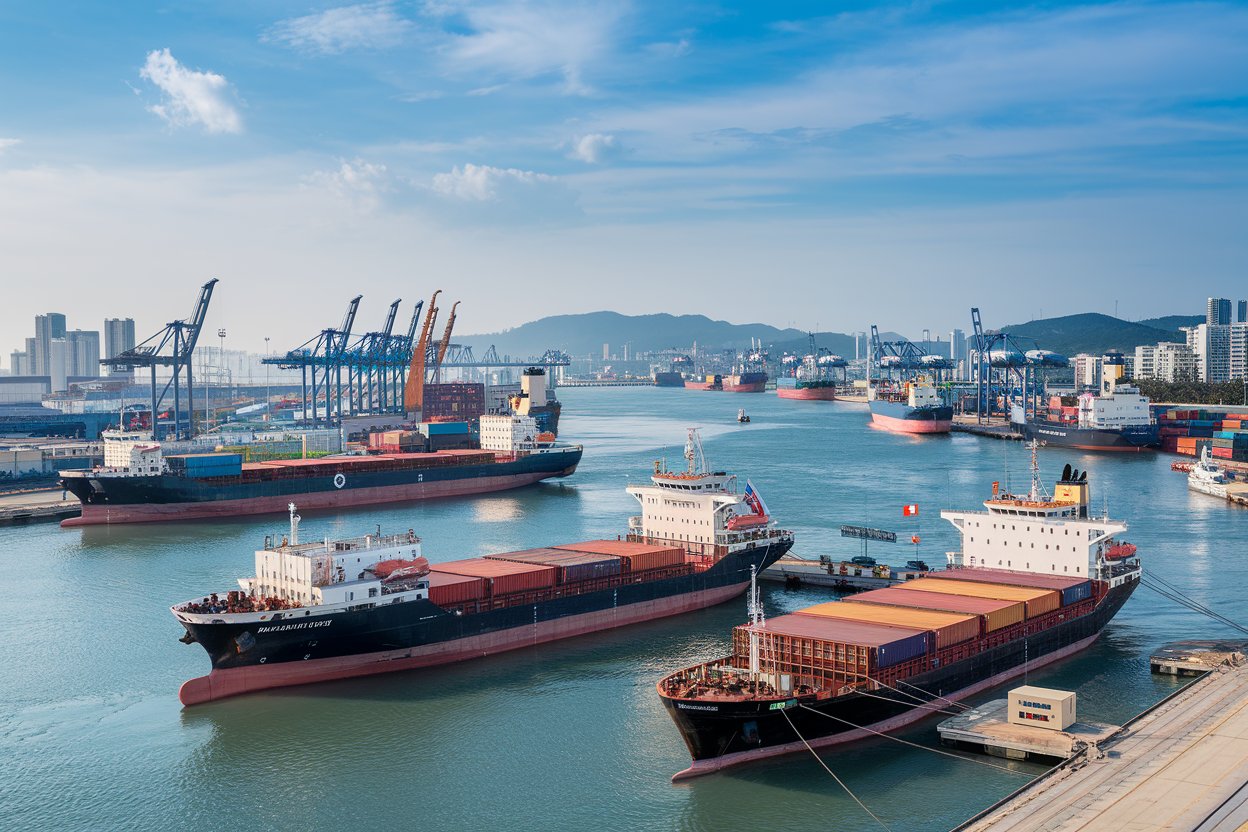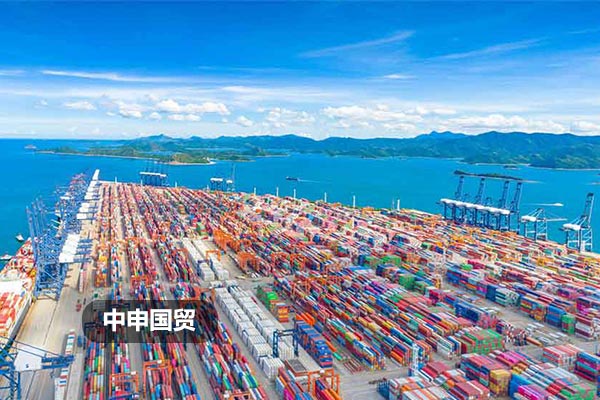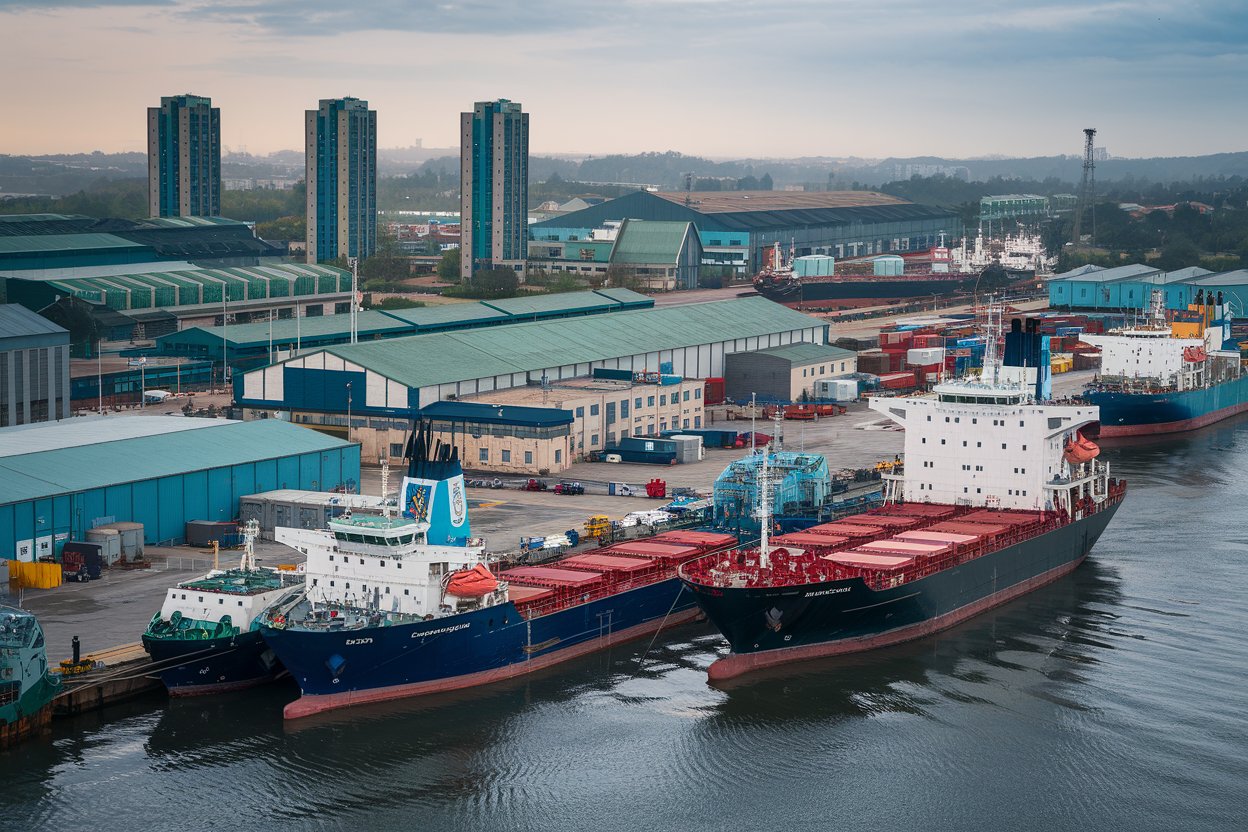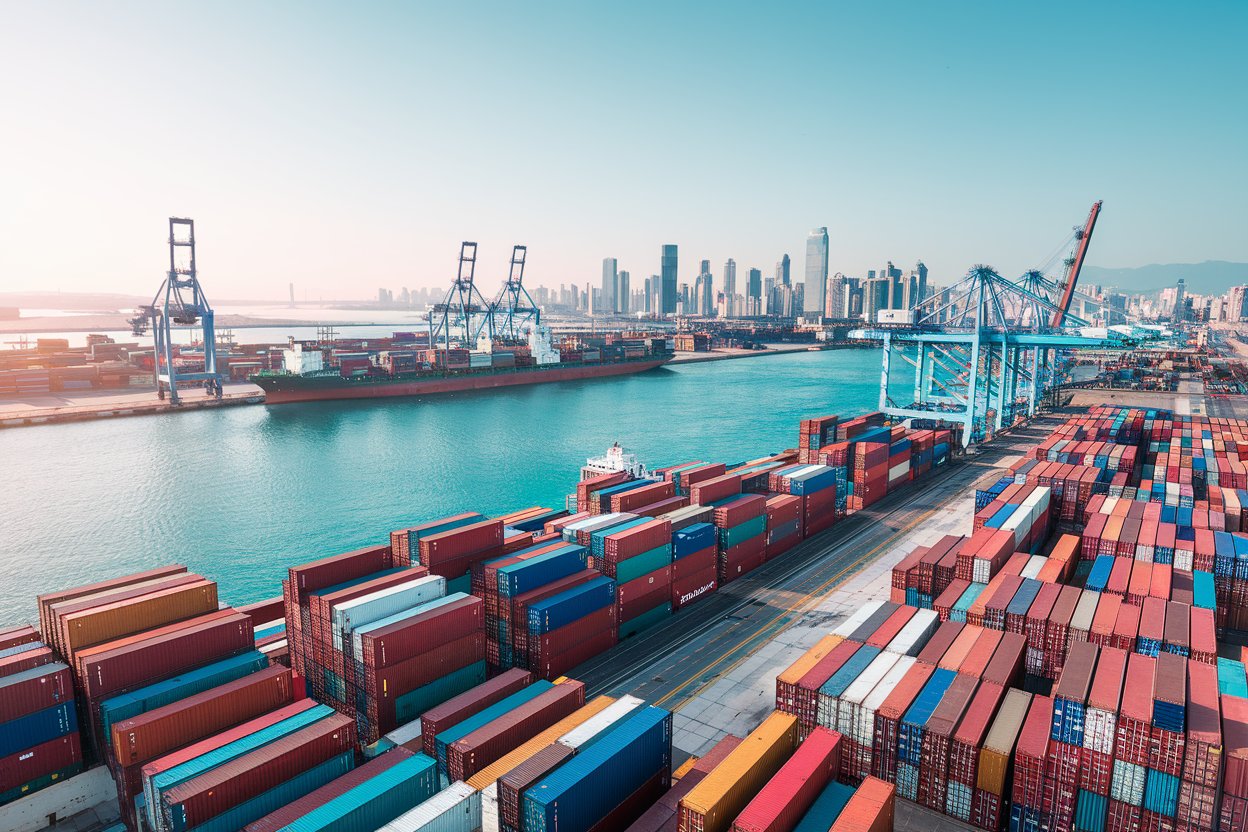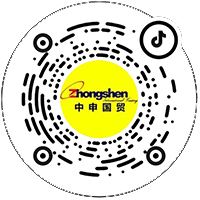- 20 Years of Expertise in Import & Export Solutions

Importing German 3D Printers:?Foreign trade?Process and Market Insights
In the global trade of technology products, importing 3D printers from Germany is becoming an important choice for many enterprises to expand their business landscape. For importers, understanding the entire foreign trade process and choosing a reliable foreign trade agent are crucial.?Zhong Shen?As a professional import?Export Agency?A company, with its deep professional capabilities in document handling and logistics services, can provide a safeguard for your import of 3D printers from Germany.
Professional document processing and logistics arrangement
- Documentation Processing
- When importing 3D printers, documentation is a key link in the entire process. A commercial invoice is an important document that records detailed information such as the value and specifications of the goods, and its accuracy directly affects subsequent procedures such as customs declaration and clearance. A packing list clarifies the packaging of the goods, including quantity, weight, and volume, which helps the logistics and customs departments to accurately grasp the information of the goods. A bill of lading is the core document for the transport of goods; it is a receipt for goods issued by the carrier to the shipper after receiving the goods or loading them on board, and it is also proof of the transport contract, playing an irreplaceable role in international trade.
- ZhongShen has an experienced document handling team that is familiar with the standards and requirements for all types of trade documents. The team members will carefully check the information on every document to ensure it is consistent with the actual cargo situation, avoiding delays or fines caused by documentary errors. For example, when handling a commercial invoice, the team will repeatedly confirm the detailed information of the 3D printer, such as the model, configuration, and price, to ensure it is consistent with the contract and to provide an accurate basis for subsequent customs declaration and clearance.
- Logistics Arrangement
- When importing 3D printers from Germany, the choice of logistics method is crucial.?Ocean shipping?has the advantages of large volume and low cost, making it suitable for large-volume 3D printer transport;?Air freight?is fast and can meet the needs of clients with high time requirements, but the cost is relatively high. ZhongShen has established long-term cooperative relationships with several well-known shipping companies and airlines and can tailor the optimal logistics solution for clients based on their specific needs.
- In the logistics process, the safety and transport time of the goods are the most concerning issues for clients. ZhongShen will monitor the entire logistics process in real-time to keep abreast of the cargo's status. At the same time, it cooperates with professional freight insurance institutions to provide comprehensive insurance protection for the goods, ensuring that in the event of an accidental loss during transport, the client can receive timely compensation. For example, for high-value 3D printers, a more reliable transport route and insurance plan will be chosen to reduce transport risks.
VTB in the Russian market?Foreign exchange settlement?Advantages
Although the main topic is importing 3D printers from Germany, the Russian market is also one of ZhongShen's key business areas. Here is a brief introduction to the VTB settlement advantage for business with Russia.
- VTB Bank and the Settlement Process
- VTB Bank is an important financial institution in Russia. In trade with Russia, settling through VTB Bank has many conveniences. Settlement of exchange, simply put, is the act of the owner of foreign exchange income selling their foreign exchange income to a designated foreign exchange bank, which then pays the equivalent in local currency at a certain exchange rate. In trade with Russia, choosing VTB Bank for settlement has a relatively simple process. First, after the exporter ships the goods according to the contract, they submit the relevant documents to VTB Bank. After the bank verifies them, it will convert the foreign exchange into the local currency at the current exchange rate and pay it to the exporter.
- ZhongShen maintains a good cooperative relationship with VTB Bank. For clients who import or export goods from Russia, it can assist them in efficiently completing the settlement process. This not only reduces the settlement time and the risks brought by exchange rate fluctuations, but also provides clients with a more convenient channel for capital recovery. For example, in previous business, by settling through VTB Bank, clients were able to receive payment in a shorter period of time, which accelerated the turnover of funds and enhanced the company's capital liquidity.
Southeast Asian market?Import/export?Process and Solution
- Import Process
- Pre - preparation: Before deciding to import 3D printers from Germany for sale in the Southeast Asian market, it is necessary to conduct sufficient market research on the target market. Understand the local trade regulations, market demand, and the access standards for related products. For example, some Southeast Asian countries may have specific safety standards and certification requirements for electronic products. At the same time, sign a detailed import contract with the supplier, specifying key terms such as the specifications, price, delivery time, and payment method of the goods.
- Transportation and customs declaration: After the goods are shipped from Germany, promptly follow up on the transport status. Before the goods arrive at the destination port in Southeast Asia, prepare the documents required for customs declaration, including the commercial invoice, packing list, bill of lading, and?Certificate of Origin?certificate. The customs declaration requirements may vary in different countries, so it is necessary to understand them in advance and operate according to the regulations. For example, in Indonesia, the customs declaration form needs to be filled out in Indonesian, and for some products, an import license may be required. ZhongShen is familiar with the customs declaration processes of various Southeast Asian countries and can assist clients in quickly completing the customs declaration procedures to avoid the goods being detained at the port.
- Customs Clearance and Delivery: After customs has reviewed the documents and the goods and found no problems, the goods will be released. At this time, it is necessary to arrange for the inland transport of the goods to deliver the 3D printer to the final client. During the delivery process, it is important to ensure the integrity and safety of the goods and to maintain communication with the client, providing timely information on the delivery of the goods.
- Solution
- Certification Assistance: The certification requirements for electronic products vary in different Southeast Asian countries. For example, in Malaysia, a 3D printer may need to comply with the SIRIM certification standard; in Thailand, TISI certification may be required. Although ZhongShen does not directly handle certification, it will inform clients of the required certifications and assist them in preparing the relevant materials, communicating with the certification body, and providing guidance and support on certification to help them successfully pass the certification and ensure their products can be legally sold in the local market.
- Market Expansion Support: In addition to import and export process services, ZhongShen can also provide clients with advice on market expansion. Through its in-depth understanding of the Southeast Asian market, it can analyze market trends and competitor situations for clients, helping them to formulate reasonable market promotion strategies and increase the market share of their 3D printers in the local market.
Challenges and Opportunities in the Current International Trade Landscape
- Challenges
- The rise of trade protectionism: In recent years, the trend of global trade protectionism has intensified. Some countries, to protect their domestic industries, have set up various trade barriers, such as increasing tariffs and implementing import quotas. Importing 3D printers from Germany may be affected by these trade protection measures, which would increase import costs and uncertainty. For example, some countries may set high tariffs on 3D printers, which would reduce the price competitiveness of the product in the local market.
- Exchange rate fluctuation risk: The instability of exchange rates poses a significant risk to international trade. The fluctuations in the exchange rates of major currencies such as the Euro and the US dollar will directly affect import costs and profits. If the Euro appreciates during the import of 3D printers, then importers who settle in other currencies will need to pay more funds, which would squeeze their profit margins.
- ?Opportunities?
- The demand for digital transformation is increasing.: With the acceleration of global digital transformation, the application of 3D printing technology in various fields is becoming more and more widespread, and the market demand for 3D printers continues to grow. This provides a broad market space for importing 3D printers from Germany. Whether in the manufacturing, medical, or education sectors, there is a high demand for 3D printers, and importers can seize this opportunity to expand their business.
- The promotion of regional trade agreements: The signing of some regional trade agreements has created a more favorable environment for international trade. For example, the entry into force of the Regional Comprehensive Economic Partnership (RCEP) has simplified the trade process within the region and reduced trade costs. For the business of importing 3D printers from Germany and then selling them to RCEP member countries, one can enjoy tariff preferences and a more convenient trade environment.
Moderate mention of product certification services
When importing 3D printers from Germany, product certification is a crucial step. Different countries and regions may have different certification requirements for 3D printers, such as the EU's CE certification and the US's FCC certification. These certifications are designed to ensure that the quality, safety, and environmental aspects of the product comply with local standards.
Although ZhongShen does not directly handle certification, with its extensive experience, it can accurately inform clients of the required certifications and assist them in collecting and organizing the relevant materials. In the certification application process, it provides necessary guidance to clients and helps them communicate effectively with the certification body. In this way, it ensures that the client's 3D printer can successfully pass the certification and be legally sold in the target market.
In conclusion, importing 3D printers from Germany involves many links. ZhongShen, with its professional capabilities in document handling and logistics arrangements, as well as its in-depth understanding of different markets, can provide clients with comprehensive and efficient foreign trade agency services, helping them succeed in international trade.
Recommended for You
- 威化餅干進口代理:從零到一的全流程指南
- 韓國咖啡進口代理全流程指南:單證與物流雙核心的專業(yè)服務(wù)解析
- A Guide to Avoiding Pitfalls in Red Wine Import Agency: How to Save a Lot by Choosing Wisely!
- A Complete Guide to German Chocolate Import Agency: Document Compliance, Logistics Temperature Control, and Trade Risk Response
- How Much Can You Earn per Container of Imported French Red Wine? How Professional Agency Services Can Increase Net Profit Margins
Core business
Contact Us
Email: service@sh-zhongshen.com
Recommended for You
Contact via WeChat

? 2025. All Rights Reserved.

